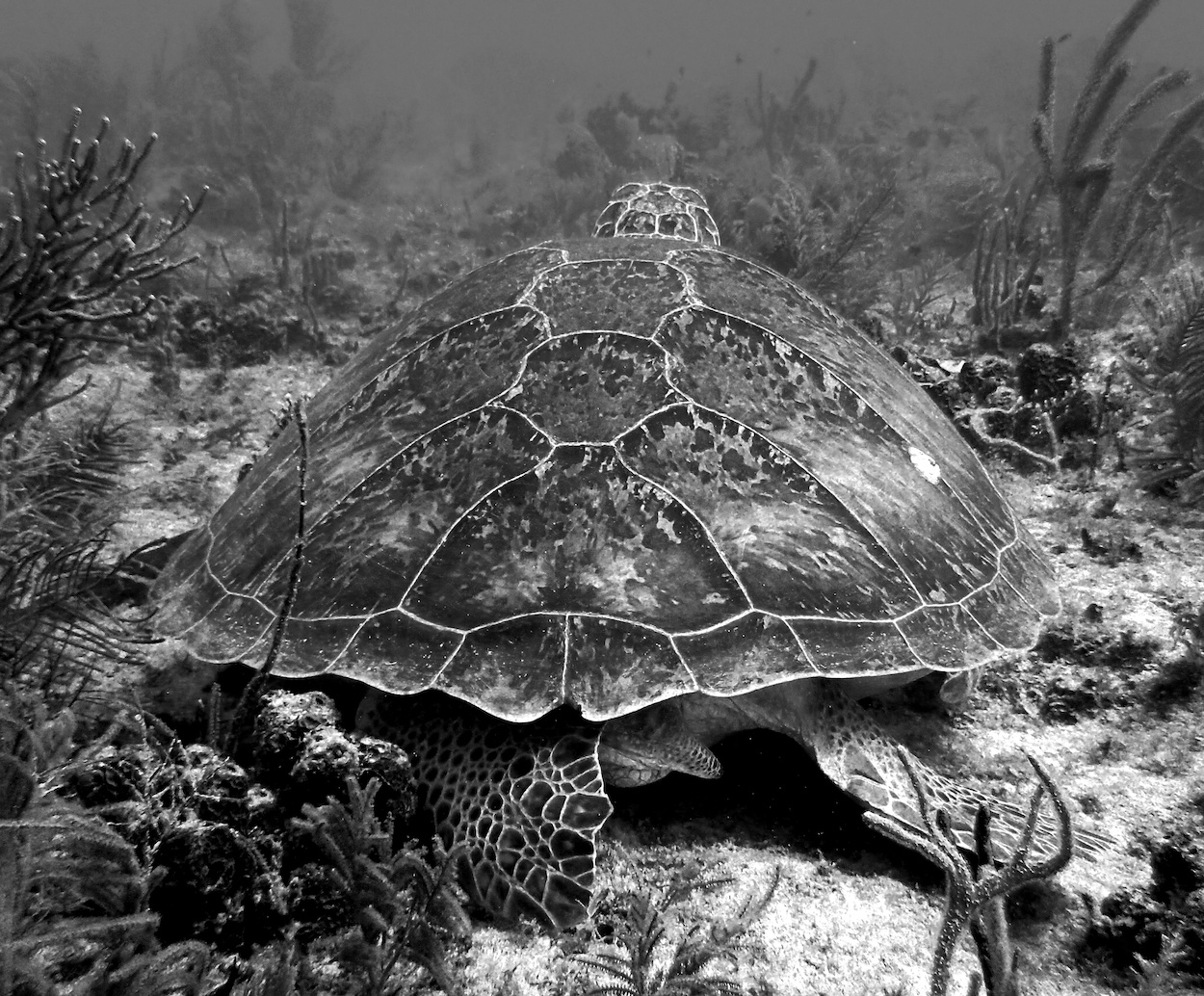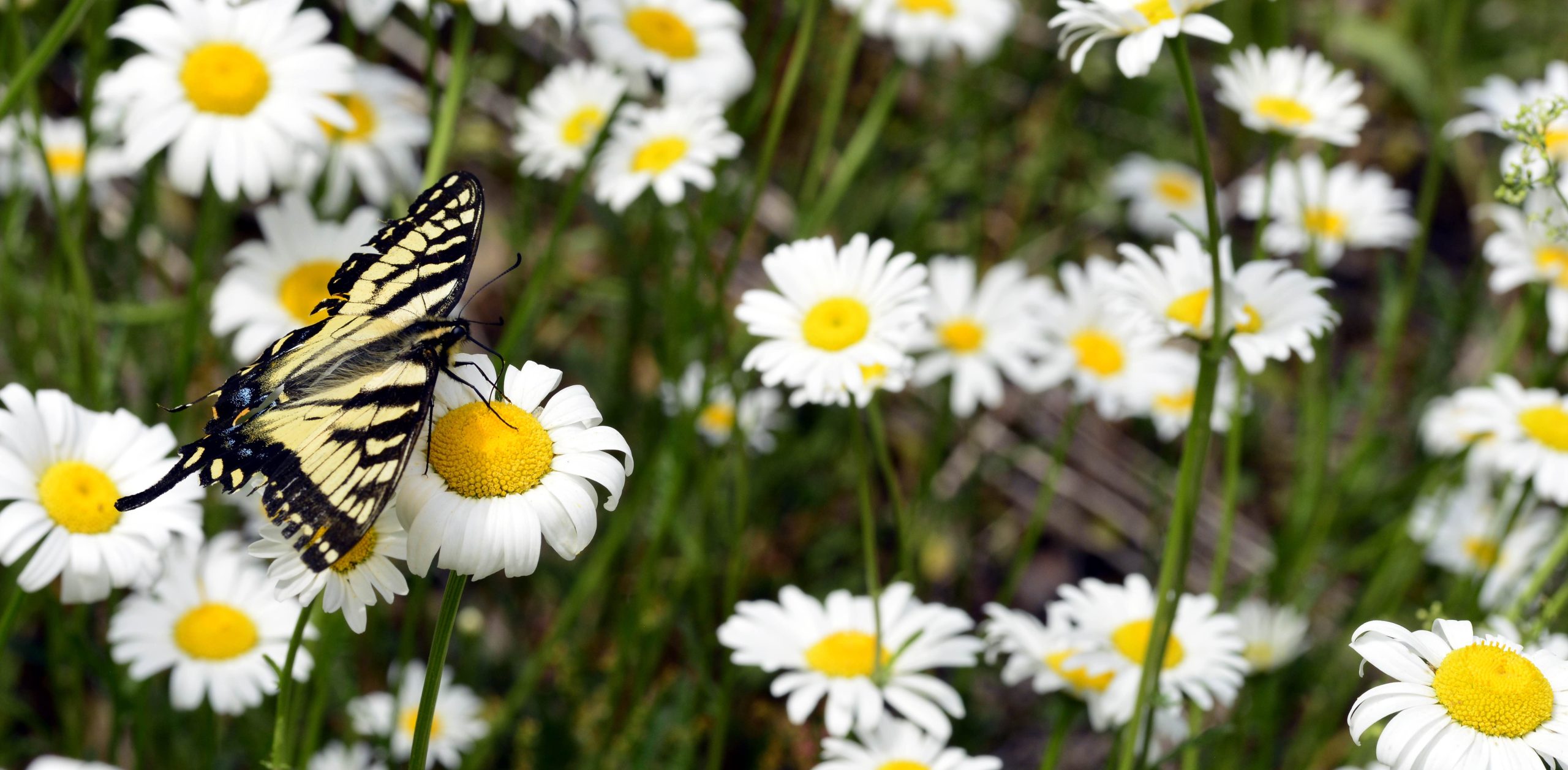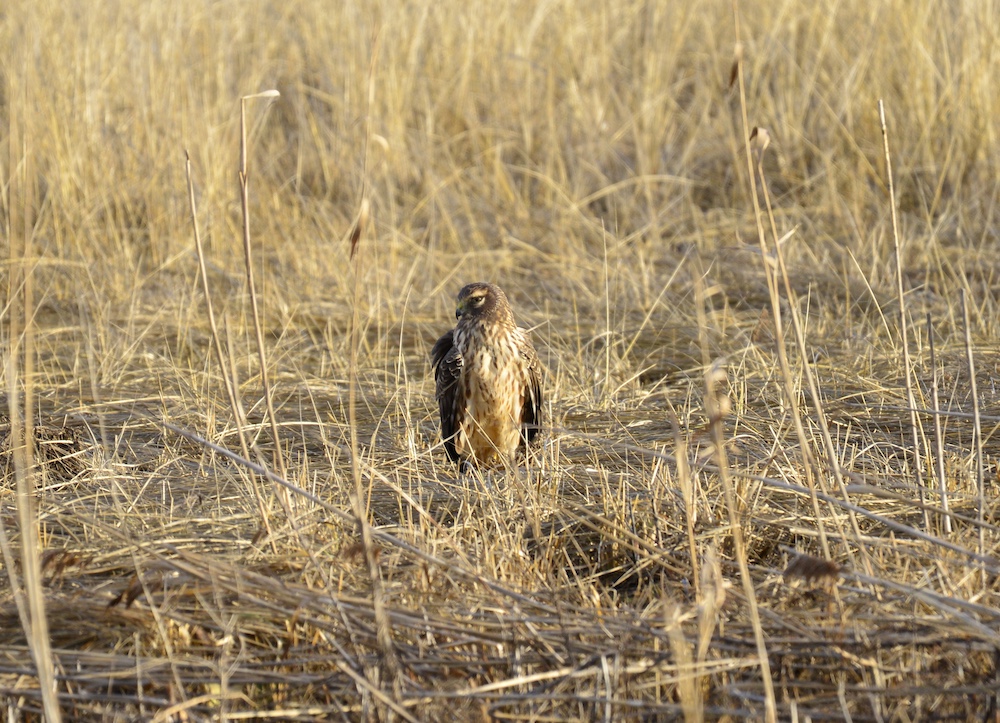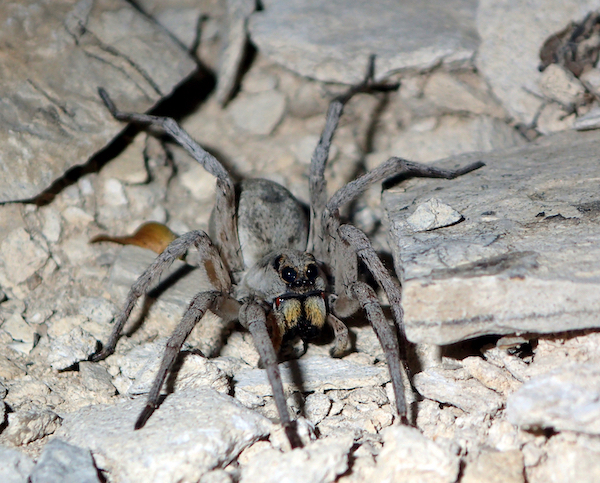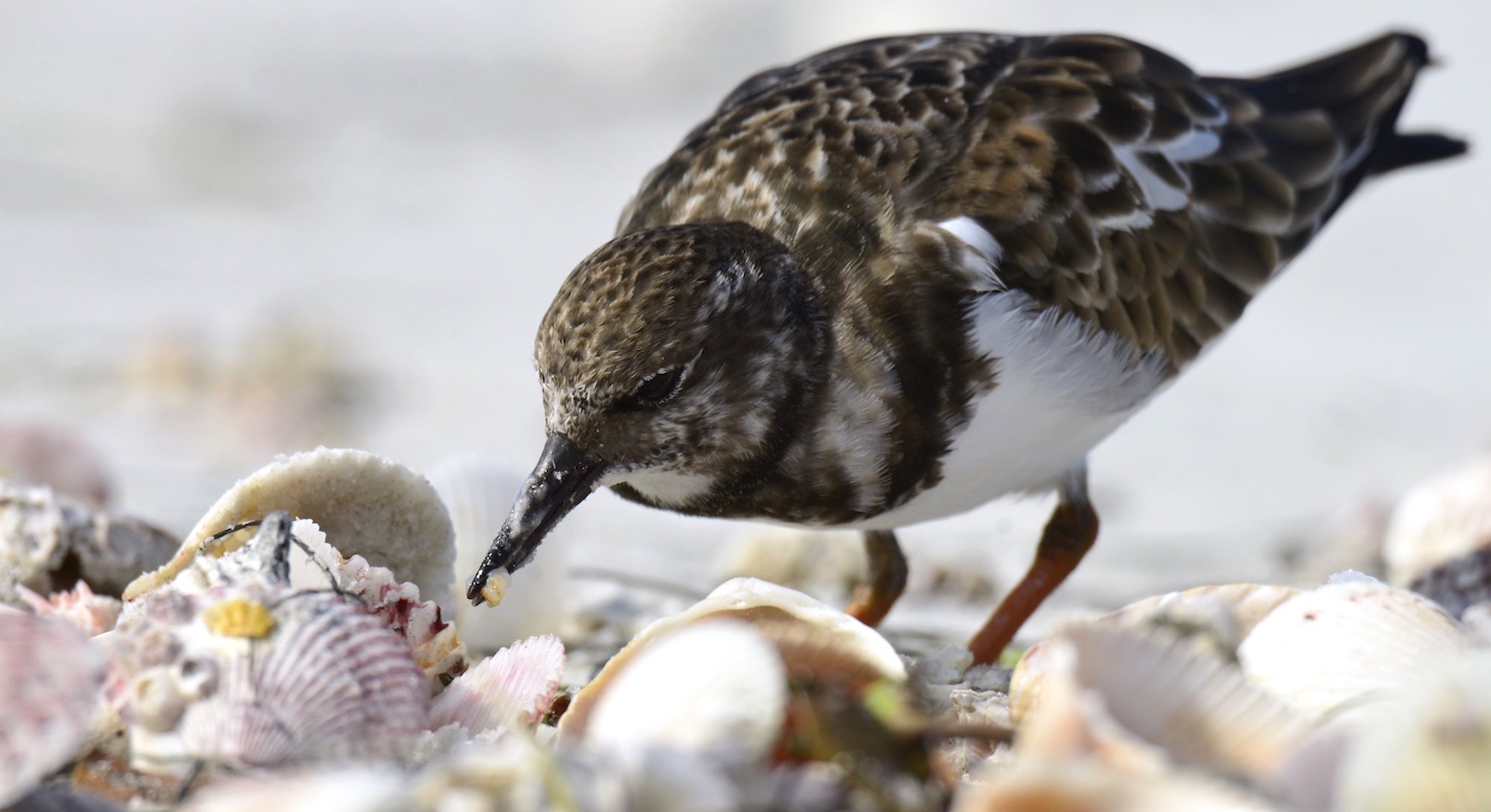Gopher Tortoise – IUCN Conservation Status: Vulnerable This photo of a checkered melon beetle was taken while hiking along a creek bed near Croton Springs within the park. This gopher tortoise is listed as Threatened in Florida. The tortoise and the burrows they build are protected by law. Before land development or land clearing, property owners must […]
Green Turtle
Green Turtle – IUCN Conservation Status: Endangered Turtles can hold their breath for two hours before surfacing. Even if this photo was in color, you would not use the color of the shell to determine that this is a “green turtle”. The name “green turtle” actually comes from their green fatty tissue. There are other ways to […]
Hawksbill Turtle
Hawksbill Turtle – IUCN Conservation Status: Critically Endangered Hawksbills only grow to about three feet in length. They will grow to 180 pounds on average. This month our gallery theme is “Turtles”! Ben and I are fortunate to have had many turtle encounters over the years. They are magical moments. When I was 13, I went snorkeling for the […]
Ambush Bugs and Golden-Eyed Lacewing
Ambush Bugs – IUCN Conservation Status: Varies Ambush bugs will prey on creatures much larger than themselves including bees, butterflies, moths, and flies How does a creature get the name ambush bug? These stealthy bugs sit on flowers and wait for other creatures to get too close. This behavior isn’t unique, in fact we featured a predator […]
Black and Yellow Mud Dauber
Black and Yellow Mud Dauber – IUCN Conservation Status: Insufficient Data They affix these mud nests in areas that are kept dry. This photo comes from the Bangor City Forest in Maine. This easily accessible 600+ acre wildlife habitat is open to the public year-round. If you enjoy hiking, snowshoeing, or cross-country skiing, there are nine miles […]
Eastern Tiger Swallowtail
Eastern Tiger Swallowtail – IUCN Conservation Status: Insufficient Data The eastern tiger swallowtail has a unique wing extension on its hindwings This pretty pollinator is called an eastern tiger swallowtail. It is a common butterfly found throughout the Eastern United States, from spring through fall. Their range is as far south as Florida to as far north […]
Harrier Hawk
Northern Harrier Hawk – IUCN Conservation Status: Least Concern Harrier hawks have the longest wing and tail relative to their body size compared to any other raptor in North America This majestic predator is known as a harrier hawk. There are 16 species within the genus. This particular harrier hawk is called a northern harrier hawk. It is […]
Herring Gull
Herring Gull – IUCN Conservation Status: Least Concern There are over twenty gull species in North America, but the herring gull is the most familiar to people We’ve heard about how ravens and crows are intelligent and can even fashion tools. However, most people are not aware that herring gulls have also displayed tool use. There is […]
Tarantula
Tarantula – IUCN Conservation Status: Varies Tarantulas have one pair of eyes in the middle and three eyes on each side of their head. Our gallery theme this month is “Predators”. This predator navigates the dark desert ground using eight legs and eight eyes! Tarantulas have one pair of eyes in the middle and three eyes […]
Ruddy Turnstone
Ruddy Turnstone – IUCN Conservation Status: Least Concern This ruddy turnstone is missing its right foot This small shorebird is called a ruddy turnstone. They are found on beaches across the world. In the United States, we can find them on both coasts, typically in the spring and fall. Despite sounding like a beach bum bird, these birds […]

